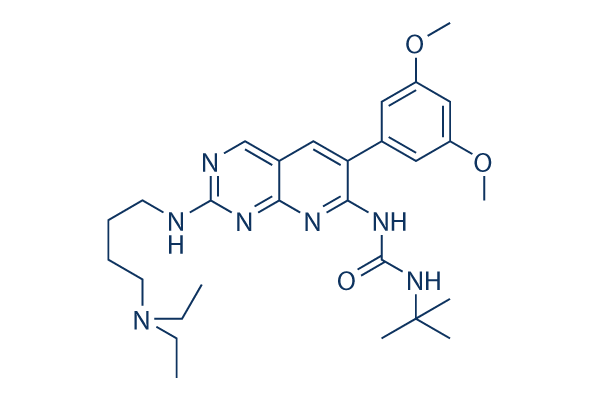On this examine, cell wall invertase 2 transcript was massively improved in San Chi San and China17, indicating that sucrose degradation was elevated in tolerant genotypes. A very similar observation was created while in the leaves of a water pressure resistant cultivar of wheat, It is believed the enhanced invertase expression during the roots of tolerant genotypes may perhaps contribute for the quick cycling of sucrose, therefore advertising carbon partitioning in favor of sucrose accumulation for counteracting the strain ailment, Additionally, the transcript of SEC14 cytosolic issue family protein was abundantly expressed in tolerant genotypes in contrast to CK60 and BTx623, It’s also called phosphatidylinositol phosphatidylcholine transfer protein, and is positioned from the Golgi membrane.
There, it acts like a signal precursor and activates stress responsive genes, phospholipids and galactolipids, which raise hop over to here the membrane stability and provides strain tolerance, Gene transcripts responsible for numerous cellular activities, such as protein biosynthesis, modification, and degradation enzymes had been abundantly expressed in tolerant genotypes. Transcripts encoding ribosomal genes concerned in protein biosynthesis, including structural constituent of ribosome L16p L10 and translation elongation factors were also abundant in tolerant genotypes, Conclusion Identification of prevalent DEG transcripts amongst sorghum genotypes with contrasting tension tolerance would facilitate a better knowing of your genetic bases of reduced N tolerance.
Here, Illumina RNA seq analysis demonstrated that gene transcripts concerned in abiotic strain response, and secondary metabolic process have been abundantly expressed in delicate genotypes of sorghum beneath N strain. E7080 Increased expression of these gene transcripts could allow the delicate genotypes to thrive underneath strain disorders. The magnitude of expression alterations in N transporter, assimilation genes between tolerant and delicate genotypes was less. Conversely, numerous genes not right concerned in nitrate metabolism had differential expression underneath N strain. On top of that, the magnitude of change during the expression of those genes was diverse amongst the genotypes with varying degrees of tolerance to N tension. Even though sorghum seems to possess a typical nitrate metabolic process system, it appears that lots of genes indirectly concerned in nitrate metabolic process that respond to an nitrogen stress therapy, are important for your observed variations among tolerant and delicate genotypes of sorghum.
The DEG transcripts uncovered concerning sensitive and tolerant genotypes of sorghum within this examine should give helpful data for understanding how various sorghum genotypes experience the N strain at seedling stage and the way tolerant and sensitive genotypes can adapt to N stress conditions. Furthermore, the transcriptomes of tension tolerant and delicate genotypes  grown underneath total nitrogen had been evaluated, suggested the selected genes were differentially expressed as a unique response to N deficiency.
grown underneath total nitrogen had been evaluated, suggested the selected genes were differentially expressed as a unique response to N deficiency.
On this study, cell wall invertase 2 transcript was massively imp
No comments:
Post a Comment